You need to know what Llamas eat, as it is a part of their care requirements to reap their extended benefits.
Llamas produce wool and make pack animals to help in the homestead or for other transportation purposes. They also make good pets and guard animals for livestock and poultry.
You always need to understand their dietary needs for their good health and long age.
Here is a detailed guide for you to learn Llams’ primary diet, supplements, and treats.
Basics of Llama Nutrition
Lamas are pseudo-ruminants with 3-chambered stomachs.
Though these animals are built to digest large amount of fiber, their digestive system cannot take up singular large meals at a single time.
They regurgitate their food and chew it as cud. Only then will they swallow the food again.
You may get surprised to know, Llamas need carbohydrates that can be divided into fiber, starches, and sugars. And fiber is the main element in their diet.
Adult Llamas need 8-10% protein based on their health status, pregnancy, and age.
You need to allow supplement fat content, which should be below 4%.
The Primary Diet of Llamas
Forage as the Staple Food
A diet in forage helps Llamas roam around and exercise in the open ground in the herd.
Lack of forage and grazing may have effects on their physical and physiological health. Animals get bored and frustrated if not allowed their natural activities.
So, they need continuous access to forage.
Llamas spend hours foraging outside as herbivores, along with alpacas and sheep in herds.
They eat various forages, including grasses, shrubs, forbs, lichens, tree foliage, and young and tender shoots. The majority of their diet comes from grass and hay.

These domesticated camelids are selective feeders. They have split prehensile lips to choose the tastiest bits of forage on the pasture.
They enjoy shorter, denser grasses and delicate, leafy grasses.
You can find two types of seasonal grass. First one is cool season grass which mature at slower rates and its overall quality fades slowly.
Another is warm-season grass that grows tall.
Timothy, orchard, and fescue grow in temperate regions while bahia, bahama, and dallis grass grow in tropical and subtropical climates.
Their favorite grass types for grazing are timothy, orchardgrass, fescue, and Bermudagrass. Besides, they nibble the bark of some trees such as spruce, pine, cedar, smaller poplars, hazel, and willow.
Legumes like alfalfa and clover are also their favorite edibles.
If you allow, they will pasture throughout the day in the summer.
It may get challenging to forage outdoors in the winter in snowfalling zones, so stored foods will save your animals.
High-Quality Hays
Llamas can eat 11 pounds of grass or hay daily, about 2-4% of their body weight.
You can feed them hay throughout winter as a main food. If so, their intake may include 1-2 flakes of hay per day and a bale of hay a week.
High-quality hay contains nutrition, such as moderate crude protein levels (13.8%) and 62% Total Digestible Nutrients, including high fiber.
So, you can choose legumes and grass hays, including timothy, orchard, or alfalfa hay, for your animal.
Commercial Llama Feeds
Llamas may need good-quality roughage in addition to grass and hay. Several specialized llama pellets and grain mixes are available.
Provide them with a vitamin or trace mineral supplement pellet.
Besides, you can also offer feedstuffs, including protein corn, oats, and soybean meal mix, which can relieve lactation of animals.
The diet, including corn, helps Llamas maintain their energy levels through the winter.
But ensure you feed them according to vets’ recommendations or in limited amounts.
Overfeeding can cause the following symptoms in Llamas:
- Diarrhea
- Bloating
- Dehydration and thirst
- Depressed appearance
- Lying down
- Staggery or tender gait
In normal days, feeding 1 pound of grain per day for adult Llamas is okay. They will be happy to devour alfalfa.
It is good to feed growing crias, but you must get them vaccinated against enterotoxaemia first. You can also feed pregnant or nursing Llamas.
Commercial feeds are necessary when Llamas are severely underweight. And monitor when you allow Llamas to eat grain and commercial food.
They have a similar diet of alpacas.
Supplements and Minerals
Forages contain only a little sodium and minerals, not enough for Llamas’ body intake.
Salt licks help increase water intake in animals, including dry feed consumption for healthy growth. So, when there is insufficient salt in their diet, camelids have to source it from other things.
The worst condition is that they end up consuming dirt or dung, drinking urine, or chewing on rocks, pipes, and wood to satisfy their craving for salt.
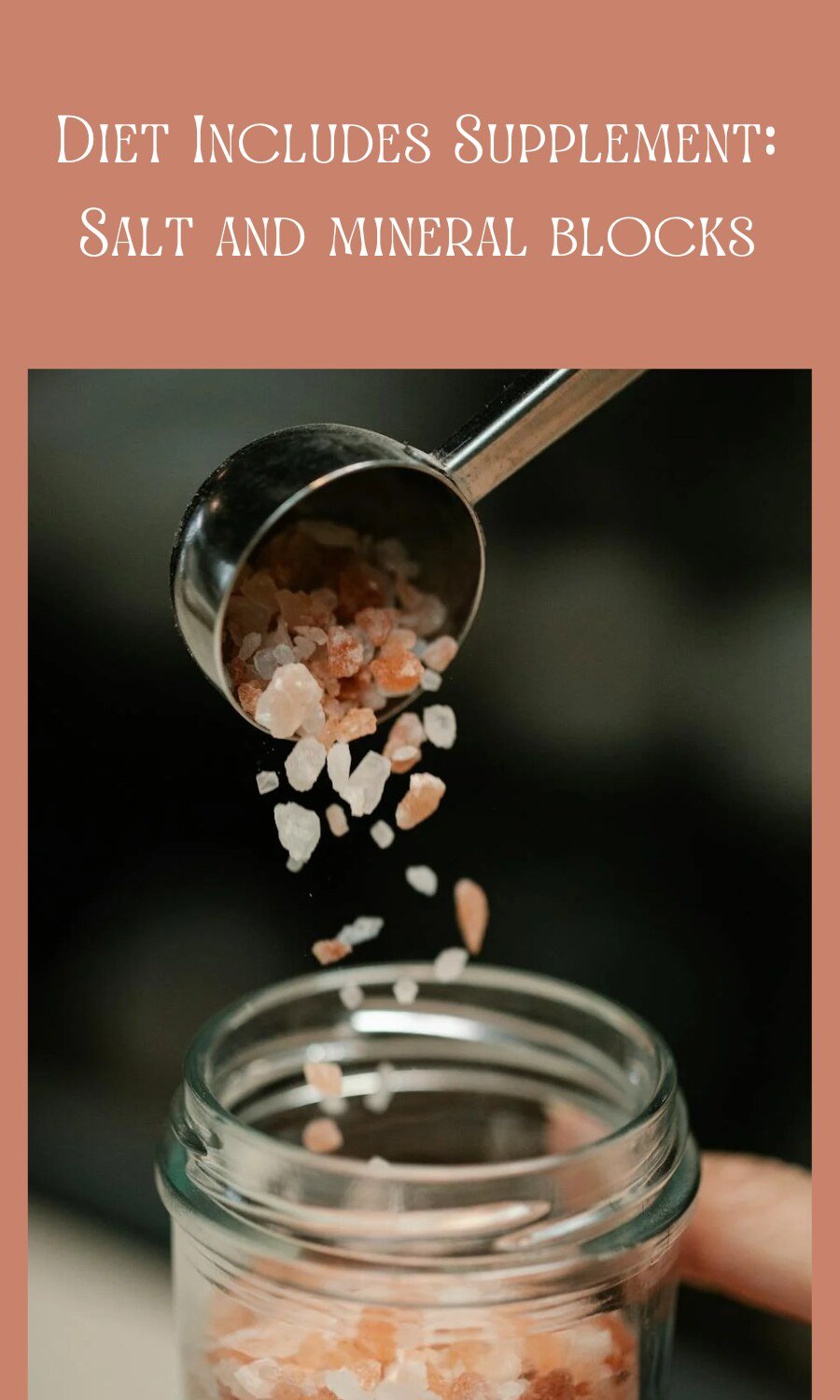
You can tell the symptoms of salt deficiency are the rough appearance of animals and poor appetite.
Many animal owners prefer to feed Llamas salt blocks and free-choice salt mixtures. If possible, get red salt for farm animals, as it includes trace minerals such as cobalt, copper, iodine, iron, selenium, and zinc.
Zinc deficiency in Llamas causes skin problems, while excess or deficiency of calcium and phosphorus increases the risk of health issues like bone loss or slow growth.
So, provide Ca and P in a ratio of 1:2 to 2:1.
Besides, crooked and weak bones are also the result of a deficiency and imbalance of calcium and phosphorus in the diet, requiring equal rations to them.
Wait! Alfalfa has a high content of calcium, which can restructure the animals’ diet.
Your Llamas also require other nutrients such as copper, sulfur, iron, selenium, magnesium, and potassium in their food.
Ensure that the food has Vitamins A, B, D, and E, especially D.
However, if you have a mineral mix or block, you need not feed them additional salt. I recommend you use soft mineral blocks for Llamas to avoid the risk of imbalance intake.
Safe Treats for Llamas
Though they get their belly full from forages and hays, treats can be offered as dessert for Llamas and other purposes.
Treats for Llamas provide a positive and special experience, help encourage bonding with humans, and offer a small reward for desired behaviors or during training.

But you should offer the treats sparingly.
Remember, giving new food excessively can cause an imbalanced digestive tract and lead to some health problems.
Also, treats can create a choking risk due to the design of Llamas’ dental anatomy. So, slice the treats into pieces before offering them to animals.
Here are the suggested treats for Llamas.
Vegetables
- Carrots
- Sweet Potatoes
- Celery
- Fresh Green Beans
- Pumpkin
Fruits
- Apple
- Watermelon
- Banana
- Mulberries
The more sweet the food is, the less you give the camelids. If possible, avoid sugary or processed foods for treats.
Foods to Avoid
Some foods, plants, fruits, and veggies cannot be edible and are toxic to Llamas. So, your Llamas should not eat the following:
Animal products: They cannot digest anything that comes from the animal’s body, such as meat, eggs, feathers, honey, and milk.
Processed foods: Chocolate, sugary human food and any prepared foods for humans
Fruits: Cherries or other stone fruits, especially Avocado, Orange
Nightshade vegetables: Eggplant, potatoes, tomatoes, horse nettle
Nitrate-rich plants: Kale, beet greens, and lettuce that induce cyanide poisoning.
Bean vegetables: Lima beans and peas that contain cyanide
Mustard family plants: broccoli florets, brussels sprouts, kale and turnips, and brassica plants.
Flowers: daisies, daffodils, foxglove, lilies, irises, and poppies.
Also, avoid onions!
Besides, don’t allow your Llamas to nibble trees such as black walnut, red maple and its hybrids, oak, black locust, golden chain tree, etc.
Also, while pasturing your animals, watch out for shrubs, including yew, oleander, Nerium oleander, privet, and hydrangea.
Tips for Feeding Llamas
While raising Llamas at the farm or homestead, establish a feeding routine based on your available resources, listing out what they need to eat.
If you pasture these animals for a few hours in the daytime, you need to feed them hay as well, observing their belly. However, don’t overfeed them to avoid digestive issues.
In the winter, snow and cold may cap the grazing and foraging areas, causing you to depend only on hay and other foodstuffs.
Always limit animals’ access to grain intake.
Llamas require eight liters of water daily throughout the year. Make sure your pets drink fresh, clean water.
They also need plenty of water in winter, so check the water source to confirm that it does not freeze over. Also, refill the water container if it drys over time.

Their primary diet may not be enough for health growth. Therefore, add supplements including salt or mineral block.
Choose free choice or pelleted mineral supplements over large blocks, as Llamas do not lick like other livestock.
Always monitor their body condition and treat them according to recommended dietary intake.
Final Thoughts
Llama crias gain around 10.5 ounces per day in their early months and reach maturity in 2-3 years. The full-grown Llamas grow 5 feet 7 inches to 5 feet 11 inches tall with an average of 300 to 400 pounds.
They can live anywhere between 15 and 25 years.
Llamas’ good shape and size depend on what they eat. So, a balanced diet is important Llamas’ overall health and lifespan,and their dietary need depends on age, activity level and climate.

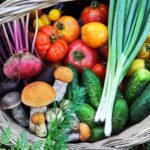

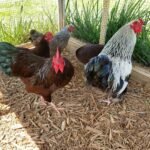

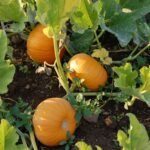


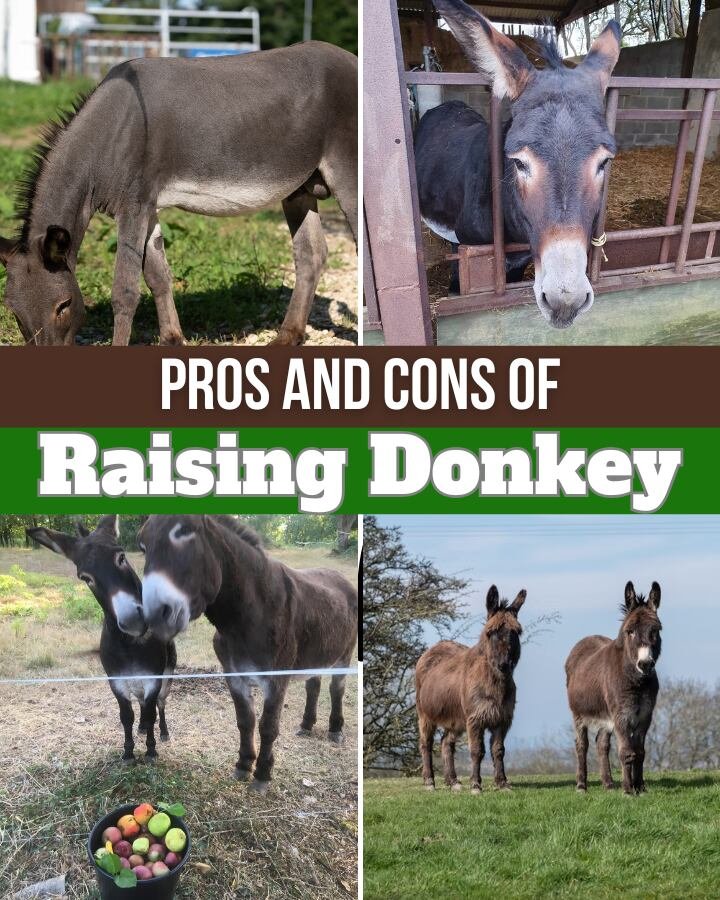
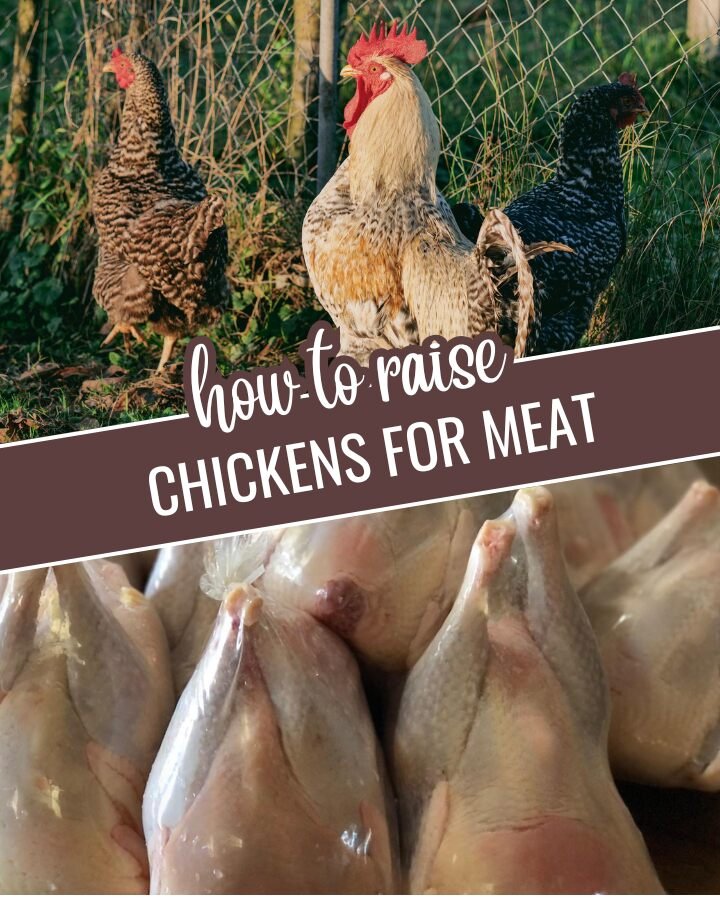
Leave a Reply